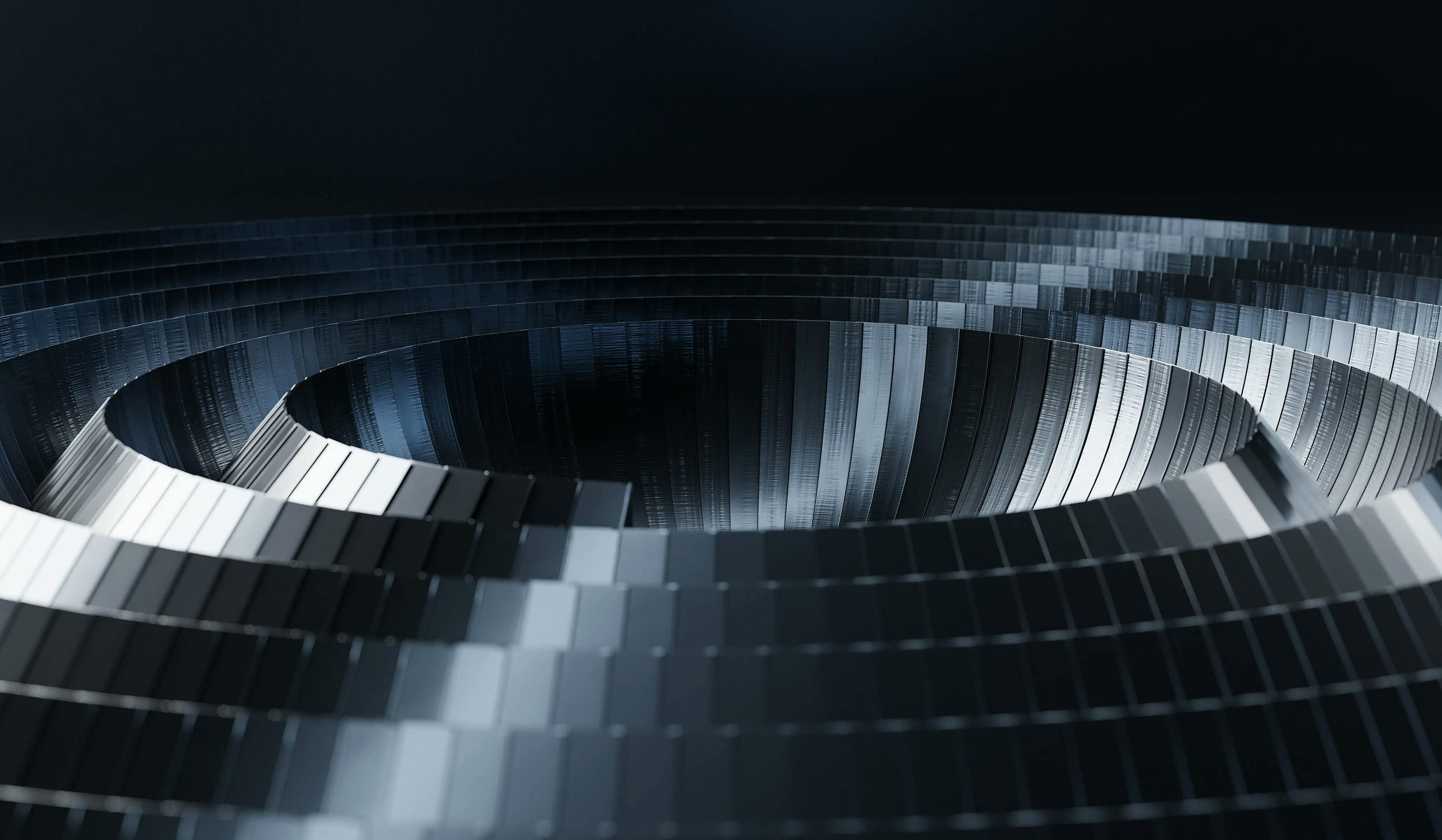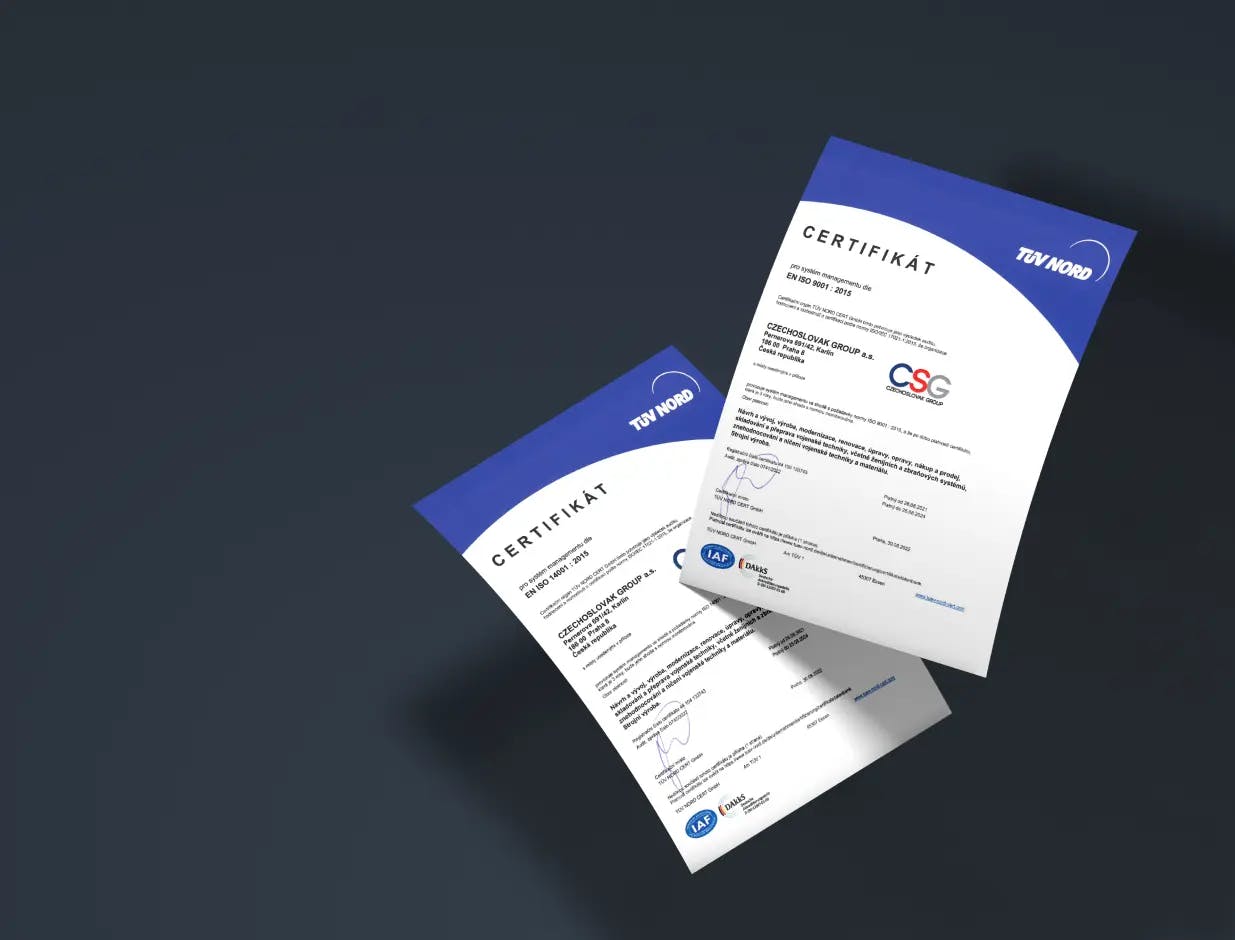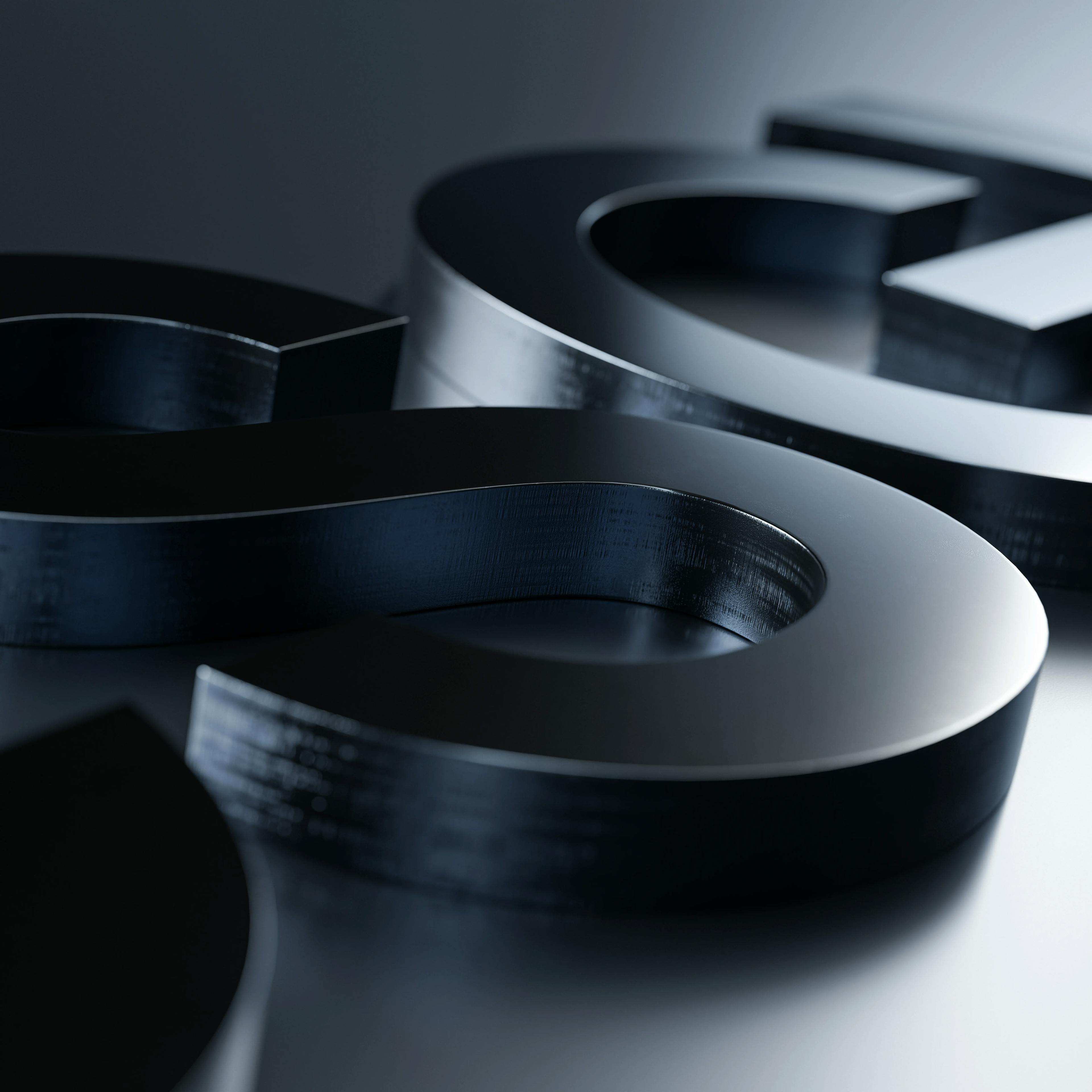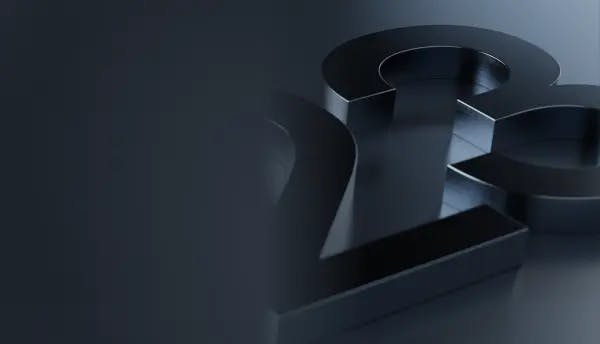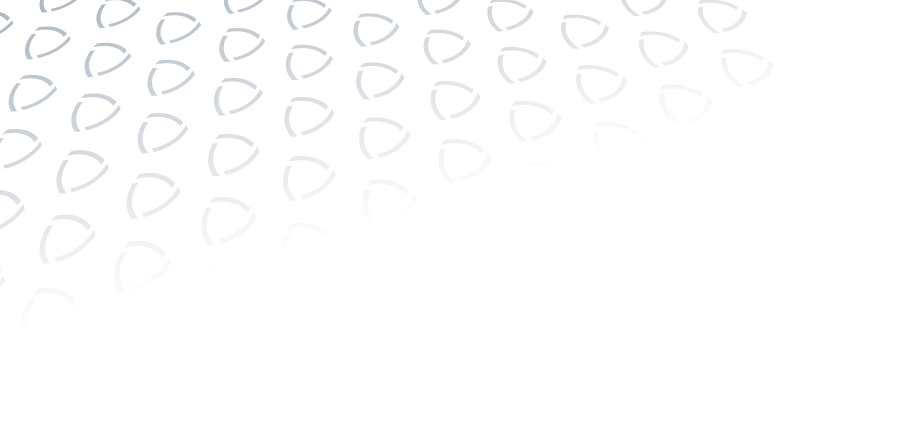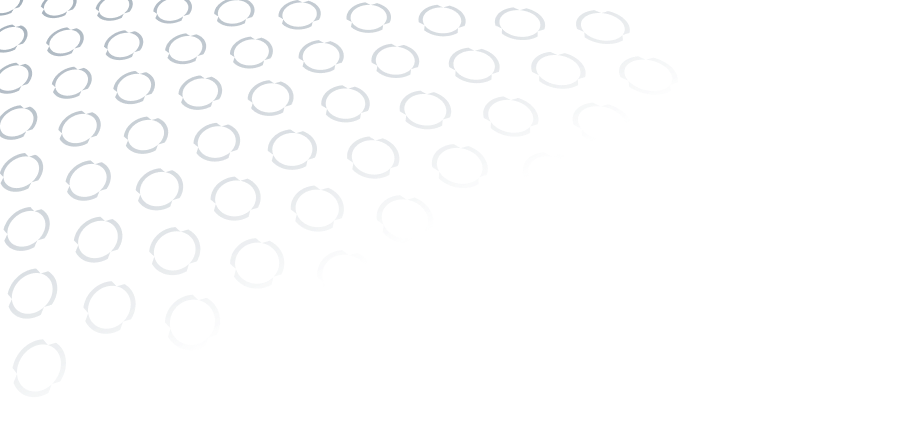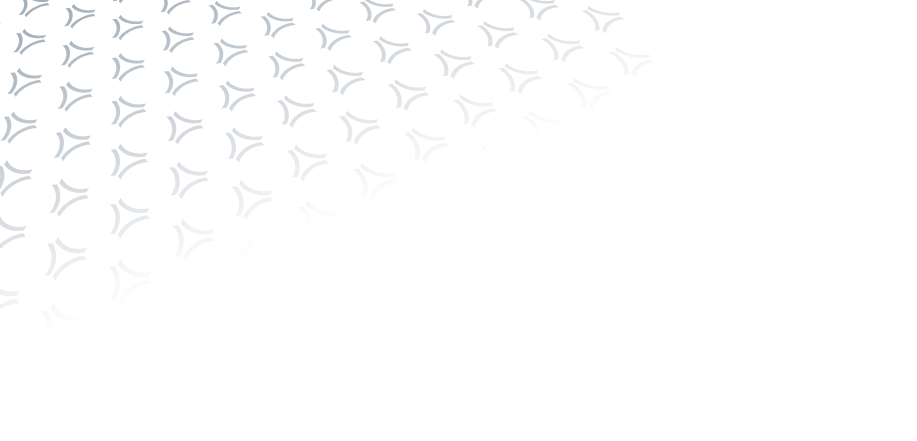ReGuard radar is a multi-role 3D radar for the detection and tracking of ground targets and slow low-flying (LSS) targets with a small radar cross section (RCS) simultaneously. Developed by Retia, the ReGuard radar scans the area using electronic beam deflection. The radar can be supplied with a fixed or rotating base.
The ReGuard radar is designed for two basic applications: either as a stand-alone sensor or as an integral part of a complex system. It can adapt to the customer's wishes and the nature of the object to be protected, making it very suitable for a variety of tasks.
Basic characteristics of the ReGuard radar
km
km
minutes
Use of ReGuard radar
On border protection
In border protection, ReGuard ensures that no person, vehicle or drone crosses the border without the radar user's knowledge. ReGuard not only provides timely information and valuable reaction time for an effective response, but also protection of a wide swath of territory. In fact, its range, when positioned appropriately, can cover up to 22 km of the border in the horizontal plane while detecting potential threats up to 8 km beyond.
In the anti-drone system
TheReGuardcanalsobeused as part ofan anti-drone system, whereitacts as a radar sensor to detect LSS (low-slow-small) targets up to a rangeof 18 km. Its high-precision target location data is also used to guide the means of action on the drone. No anti-drone solution can provide complete protection without a ReGuard radar sensor.
In the air defence system
The high precision radar data that ReGuard generates, thanks to its high technological maturity, helps to create a highly effective air defence system in combination with a powerful weapon system, the integration of this data and an efficient system of its transmission.
To protect important objects
The increasing number of examples of UAV intrusions into nuclear power plants, industrial or development sites show that protection against this type of threat is now very inadequate. Effective detection will enable timely response and prevent material and human losses. ReGuard can intercept a small type of commercial drone at a distance of 6 km, which at its maximum speed is its entire range. This gives the user a valuable 15 minutes to react to an emerging threat.
To protect airports
Airports are some of the most vulnerable facilities to small drones. Their mere presence, even unintentional, in an airport's restricted area disrupts its operations and leads to significant economic losses. However, unfortunately, there are also possibilities of deliberate misuse of drones for terrorist acts, e.g. the threat of a drone deliberately flying into an aircraft engine during take-off is frightening. With ReGuard, airport security forces gain a tool that allows them to prevent minor and completely irreparable damage. In addition, by completely recording the flight paths of all drones within range, it makes it very easy to find a drone user who would even threaten airport operations. Last but not least, ReGuard is highly effective in terms of its range, as it is able to cover almost the entire controlled (CTR) area of the airport with just one sensor.
Share


